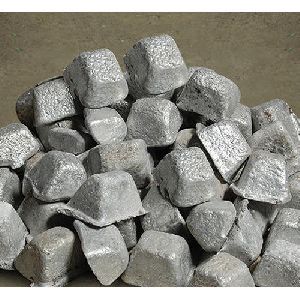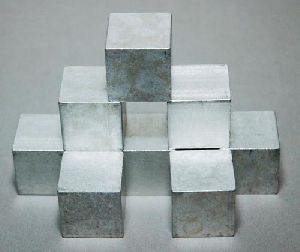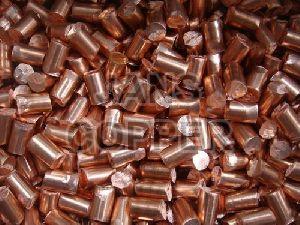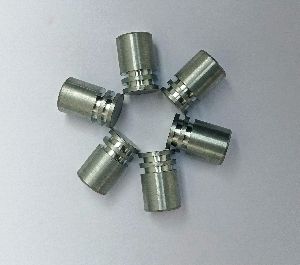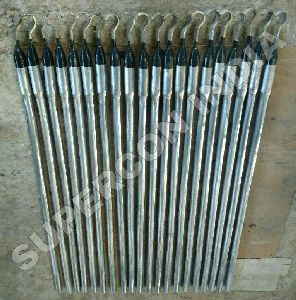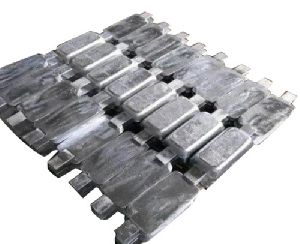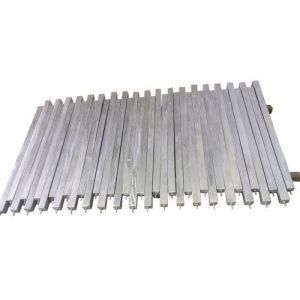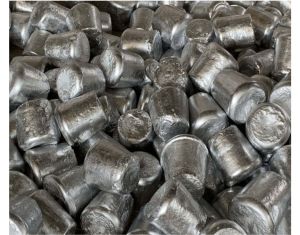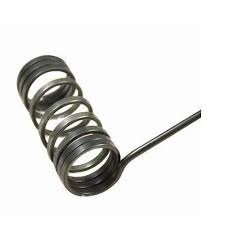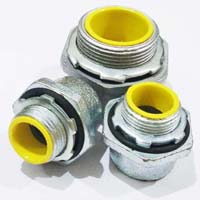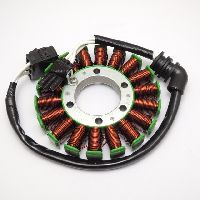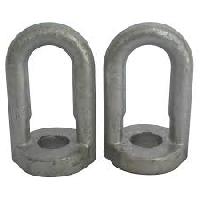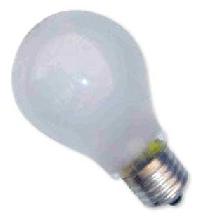Listing ID #3911013
Company Information
Ask for more detail from the seller
Contact SupplierDimensionally Stable Anodes (DSA) Normally, Electrodes (Anodes) consist of a basic component, which is responsible for mechanical stability and uniform current distribution. As Titanium has all these characteristics, insoluble electrodes are manufactured with titanium as basic component. The excellent stability of mixed metal oxide (MMO) coated titanium anodes have been used for almost 30 years. MMO coated titanium anodes are used in various environments such as seawater, brackish water, fresh water, carbon backfill, and concrete. However, many structure owners and CP engineers use MMO coated titanium anodes only specify the sizes without understanding the characteristics, limitations and evaluation method of the anodes. There are many different size and shapes are available, wire, ribbon, mesh, expanded mesh, rod, tubular, disc, probe etc.
MMO coatings for cathodic protection are mainly divided into three types, iridium oxide (IrO2-x), ruthenium oxide (RuO2-x) and its mixture. In addition, titanium oxide (TiO2-x) and tantalum oxide (Ta2O5) are also used as the bulk materials. When MMO coated anodes discharge CP current, the coating is slowly consumed. The consumption rates of MMO coatings are varies based on the chemical compositions and the environments.
Generally, iridium oxide based MMO coating is mainly used for oxygen evolution and ruthenium oxide coating is used for chlorine gas evolution. Recently, NACE developed and modified the acceleration anode life test method using acid solutions (H2SO4, NaSO4, etc.). Recently, NACE published the life acceleration tests using acid solution. Ruthenium coating is consumed at higher rates under working condition in strong acid solution, it needs to considered in actual anode performance. Iridium MMO coated anode can provide much longer life than ruthenium MMO coated anode with the same thickness when they discharge current in the same environment. The cost of iridium is much more expensive than that of ruthenium; however, iridium MMO coating is typically used when chlorine evolution is concerned.


